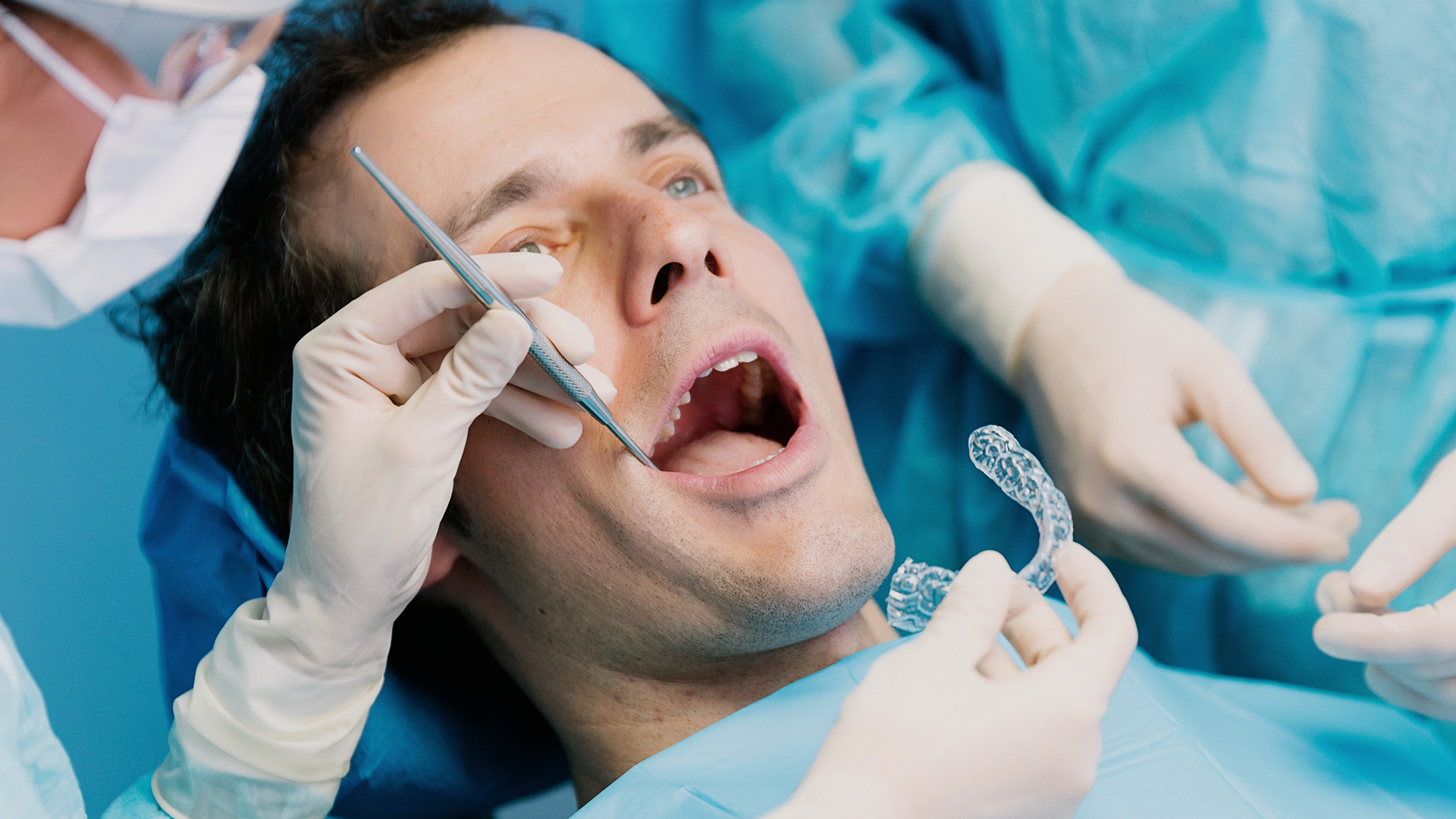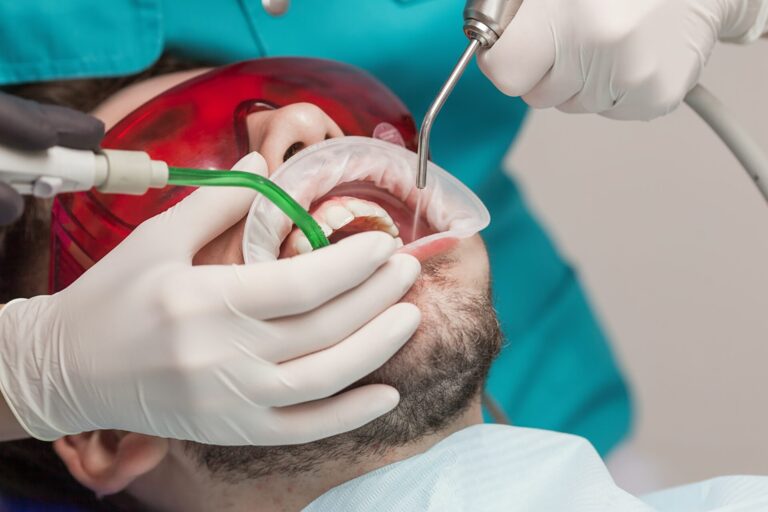Tooth extraction is one of the most frequently performed dental procedures. Whether you’re dealing with a severely decayed tooth, advanced gum disease, or an impacted wisdom tooth, extraction may be the most viable option to protect your oral health. While the idea of removing a tooth might sound intimidating, the process has become a routine, low-risk treatment in modern dentistry. In Singapore, tooth extractions are widely available and can be performed by general dentists or oral and maxillofacial surgeons, depending on the complexity of the case.
A tooth extraction is a dental procedure performed to remove a tooth when preservation is not possible or advisable. The primary goal is to relieve pain, stop the progression of infection or disease, and prevent further complications.
A tooth is typically considered for extraction when it is decayed, infected, or damaged to the point of being beyond repair. If a tooth is too damaged, decayed, or infected to be saved, extraction is considered the next step. In some cases, a root canal may be attempted to save a severely infected tooth before extraction is considered.
Once your dentist evaluates the condition of your tooth and determines it’s beyond recovery, your dentist may recommend removal or suggest alternative treatments based on the tooth’s condition. With proper planning and care, the procedure can be performed safely and efficiently, with minimal downtime.
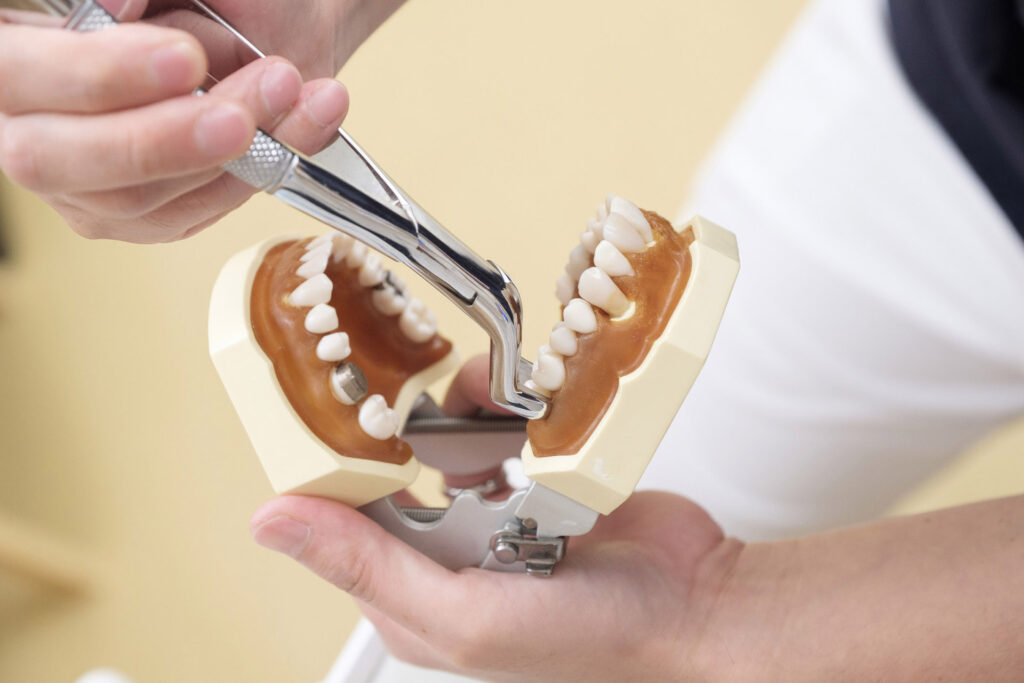
Reasons for Tooth Extraction
If a tooth is severely decayed, damaged, or infected, extraction is the best option.
There are several reasons why your dentist might recommend removing a tooth. Extensive tooth decay that has damaged the structure beyond repair is a leading cause of tooth loss. In such cases, preserving the tooth with fillings or crowns is no longer an option. If the infection has not destroyed too much of the tooth structure, a root canal may be considered as an alternative to extraction.
Advanced periodontal (gum) disease is another common reason. When gums and surrounding bone lose their ability to support a tooth, extraction may be necessary to stop further damage to adjacent teeth.
Overcrowding, particularly in orthodontic cases, may also necessitate tooth extraction. Removing one or more teeth can create the space necessary to properly align the rest of the teeth.
Trauma, such as when a tooth is fractured or damaged from an accident, may also lead to extraction if the damage is too severe to repair. And in some cases, baby teeth that don’t fall out in time may need to be removed to make way for permanent teeth.

Types of Tooth Extraction
Tooth extraction can relieve pain, stop infection, and prevent further complications. They generally fall into two categories: simple and surgical.
A simple tooth extraction is performed on visible teeth in the mouth and typically involves loosening the tooth with a dental elevator before removing it with forceps. It’s a straightforward procedure often completed in a single visit under local anaesthesia.
Surgical tooth extractions are more complex and are typically required for teeth that have broken at the gum line, are severely decayed, or are impacted, such as wisdom teeth. This type of extraction may involve making an incision in the gum and removing bone around the affected part of the tooth to access it. In some cases, stitches may be necessary to aid in the healing process. Your dentist may determine the appropriate method based on the condition of your tooth.
Wisdom teeth extraction is one of the most common surgical extractions in Singapore and may come with higher fees due to its complexity. These extractions are often recommended to prevent crowding, decay and infection associated with impacted third molars.
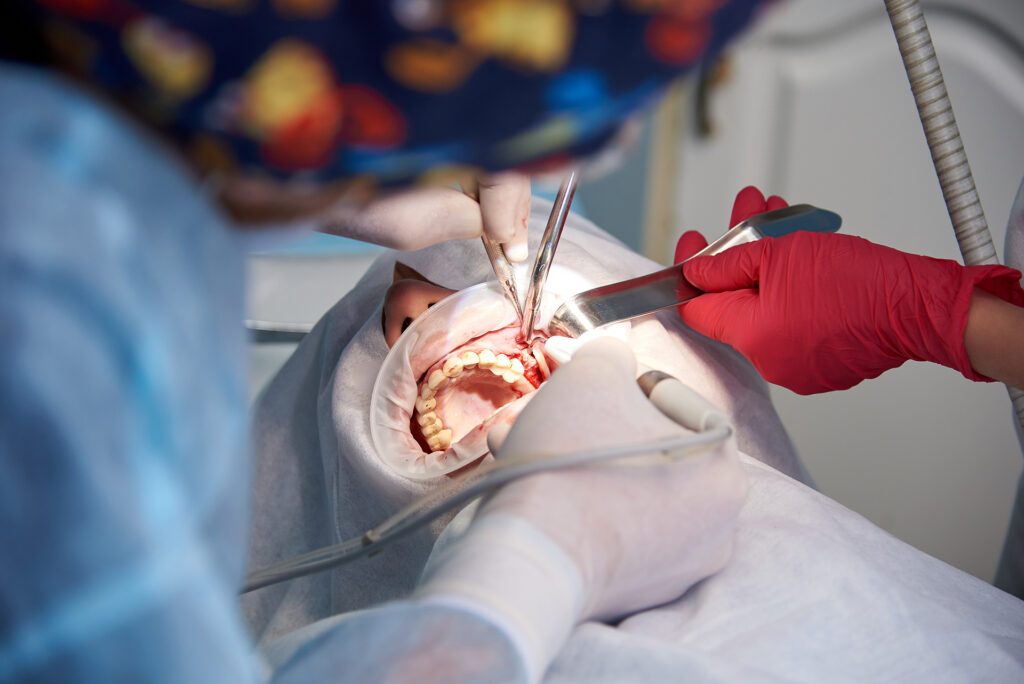
The Tooth Extraction Procedure
A tooth extraction is usually a last-resort procedure because the tooth can no longer be restored, is too mobile, or is being removed in preparation for orthodontic treatment.
The procedure is usually performed under local anaesthesia. At TEETH @ Tiong Bahru, we always apply a surface numbing gel before administering the local anaesthetic injection to ensure the procedure is as pain-free as possible. If you have any concerns about analgesia, please feel free to discuss them openly with our dentist.
Once the area around the extraction site is numb, our dentist will apply light pressure to the tooth from various sides to loosen it slowly. When the tooth is quite loose within its socket, forceps are used to gently remove the tooth from the socket. In most cases, we’re able to extract the whole tooth intact. In cases where the tooth is severely decayed, it may break off into separate pieces. Once the entire tooth is completely removed, the extraction site and tooth socket are checked for any debris and cleaned to ensure proper healing. We’ll then place a pack to stop the bleeding.
Following the tooth extraction procedure, we’ll provide you with detailed instructions on how to care for the extraction site to optimise healing. Frequently, we will prescribe a medicated mouthwash and painkillers. Additionally, your dentist may prescribe further medications or recommend specific aftercare steps based on your individual needs.
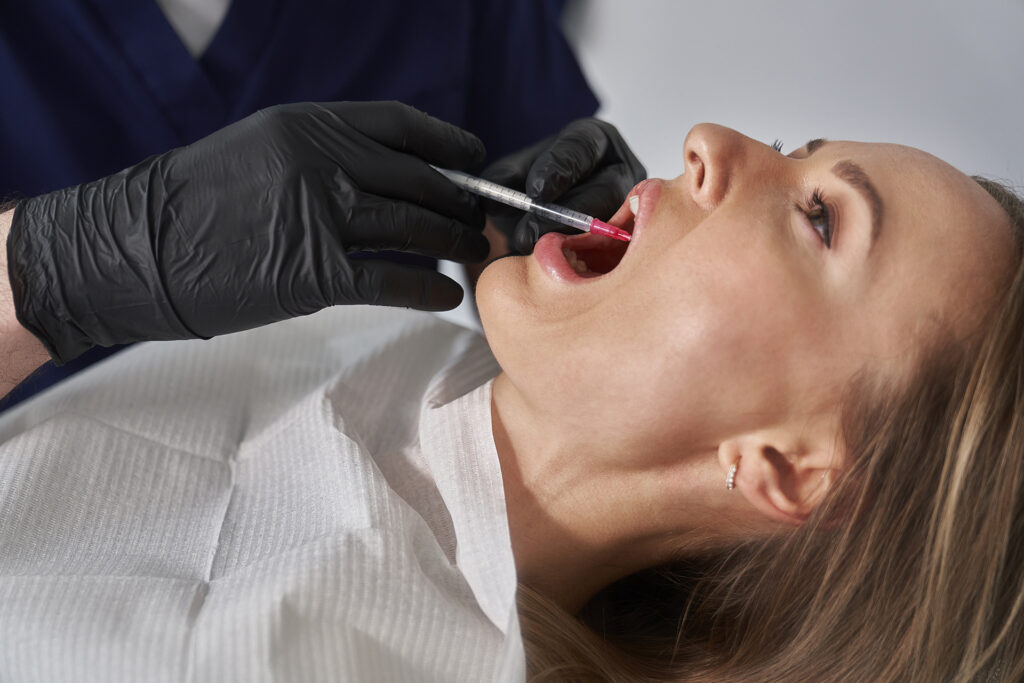
What to Expect After the Extraction
It’s normal to experience some bleeding, swelling, and discomfort following a tooth extraction. Your dentist will provide gauze to help manage the bleeding. You should keep the gauze in place for at least 30 minutes to help control bleeding. You may also be advised to apply an ice pack to reduce swelling.
Pain is usually manageable with prescribed or over-the-counter medications. Your dentist will give you specific instructions on what to do during the first 24 to 48 hours. This may include rest, avoiding strenuous activity, and refraining from drinking through a straw to prevent dislodging the blood clot. The tooth socket will begin to heal from the bottom up, but some discomfort may persist for up to a week, depending on your healing process.
Soft foods, such as porridge, yoghurt and mashed potatoes, are ideal during the initial healing phase. It is recommended to eat soft foods for at least 2 to 3 days after extraction to minimise irritation to the tooth socket. If you’re wondering what to eat after a tooth extraction, opt for foods that don’t require chewing and are cool or lukewarm.
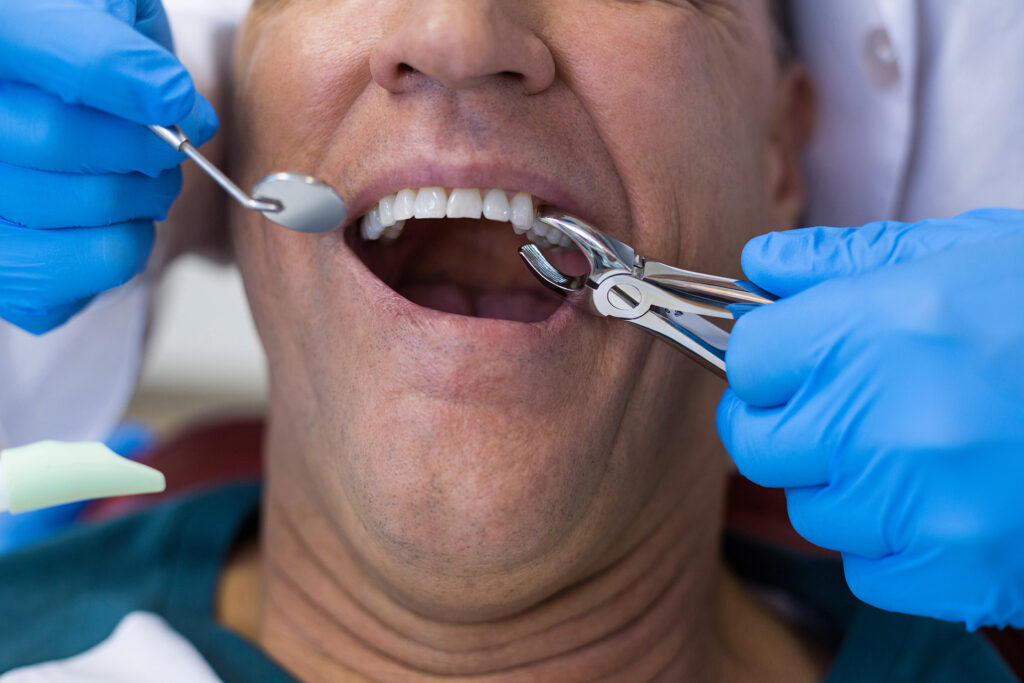
Recovery and Healing
Healing after tooth extraction varies depending on the type of procedure and the patient’s overall health. Generally, initial healing takes 3 to 7 days. For more complex surgical extractions, such as impacted wisdom teeth, recovery might take a little longer. Tooth extraction can affect the healing process and overall recovery, so following proper aftercare is essential.
The recovery time for most people after tooth extraction is typically between 7 and 10 days for soft tissue healing. Complete bone healing in the tooth socket can take several months to occur. The tooth socket heals from the bottom up, and it is essential to follow certain aftercare practices for at least 24 hours, such as keeping gauze in place and eating soft foods, to ensure proper healing and minimise bleeding. During this time, it’s essential to maintain good oral hygiene without disturbing the extraction site. Gentle brushing and rinsing with saltwater or a prescribed mouthwash can help prevent infection.
If you follow your dentist’s aftercare instructions and attend follow-up appointments, the risk of complications is minimal. Most people return to their normal activities within a few days.
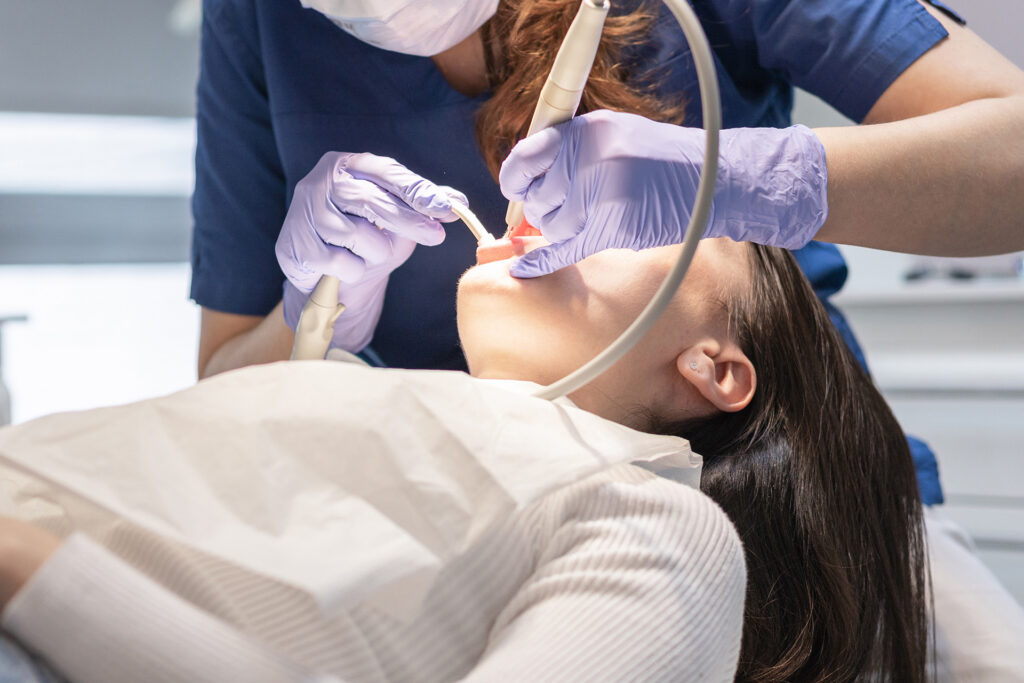
Potential Complications
While tooth extraction is generally safe, complications can occasionally arise. One of the most common is a dry socket, a painful condition that occurs when the blood clot at the site is dislodged or fails to form. This exposes the underlying bone and nerves, causing significant discomfort.
Infections can also develop, especially if aftercare guidelines aren’t followed. Signs include fever, prolonged pain, or the presence of pus at the extraction site. Nerve damage, though rare, may result in temporary numbness or tingling, particularly in lower wisdom tooth extractions.
It’s important to contact your dentist promptly if you experience severe or prolonged symptoms. If complications such as a dry socket or infection occur, your dentist may recommend specific treatments to promote healing and relieve pain. With proper care, most complications can be effectively addressed.
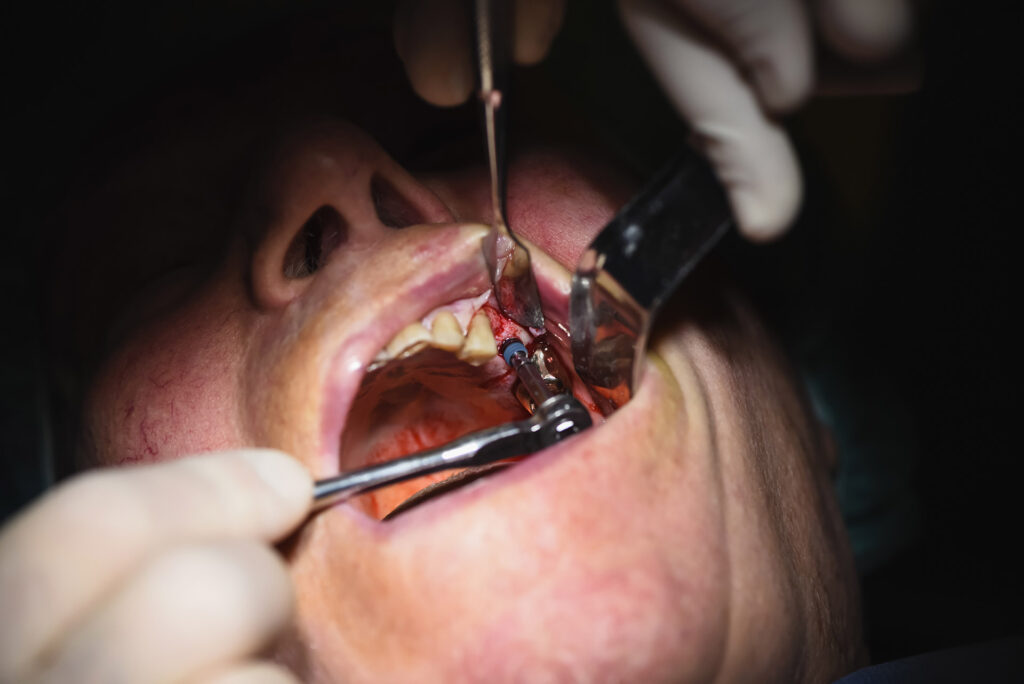
Aftercare and Follow-up
Good aftercare is essential for a smooth recovery. Follow your dentist’s instructions closely, especially in the first few days. Avoid smoking, drinking alcohol, or using straws, as these can interfere with clot formation at the tooth extraction site.
Eat soft, nutrient-rich foods and stay hydrated. Use any prescribed medications as directed, and apply cold compresses to reduce swelling. Brush gently around the extraction site and consider using a soft-bristled toothbrush to avoid irritation.
Follow-up appointments enable your dentist to monitor your healing progress. Your dentist may remove stitches or provide additional care based on your healing progress. If any issues are detected, they can be addressed early to prevent delays in recovery.
Losing a tooth can affect the alignment and oral function of your remaining teeth. Your dentist may discuss options to replace missing teeth to protect your oral health and maintain proper dental function.
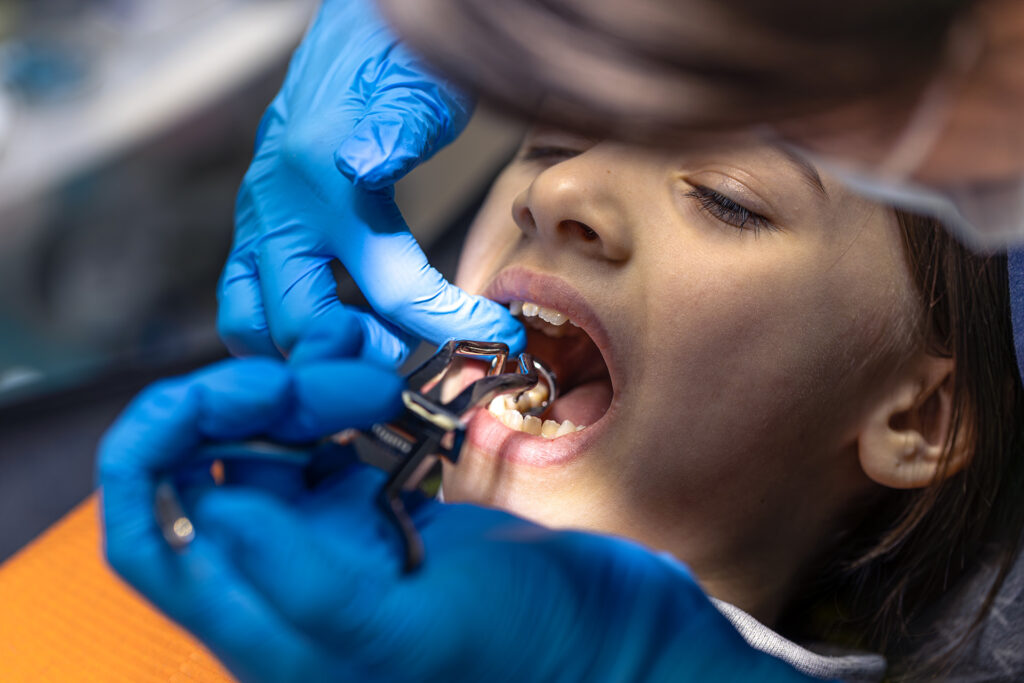
Tooth Extractions and Overall Health
Tooth extractions can have a broader impact on your overall health than you might expect. After a tooth extraction, it is important to follow your dentist’s aftercare instructions closely to ensure the extraction site heals properly and to avoid complications such as dry socket or infection. If you have underlying health conditions – such as diabetes, heart disease or immune disorders – be sure to inform your dentist before the procedure, as these can affect how quickly and effectively you heal.
The extraction of a tooth can sometimes influence your well-being, especially if the missing tooth is not replaced. Changes in your bite, difficulty chewing, or even shifts in facial appearance may occur over time. That’s why your dentist will often discuss options for tooth replacement, such as dental implants or bridges, to help maintain your oral function and aesthetics.
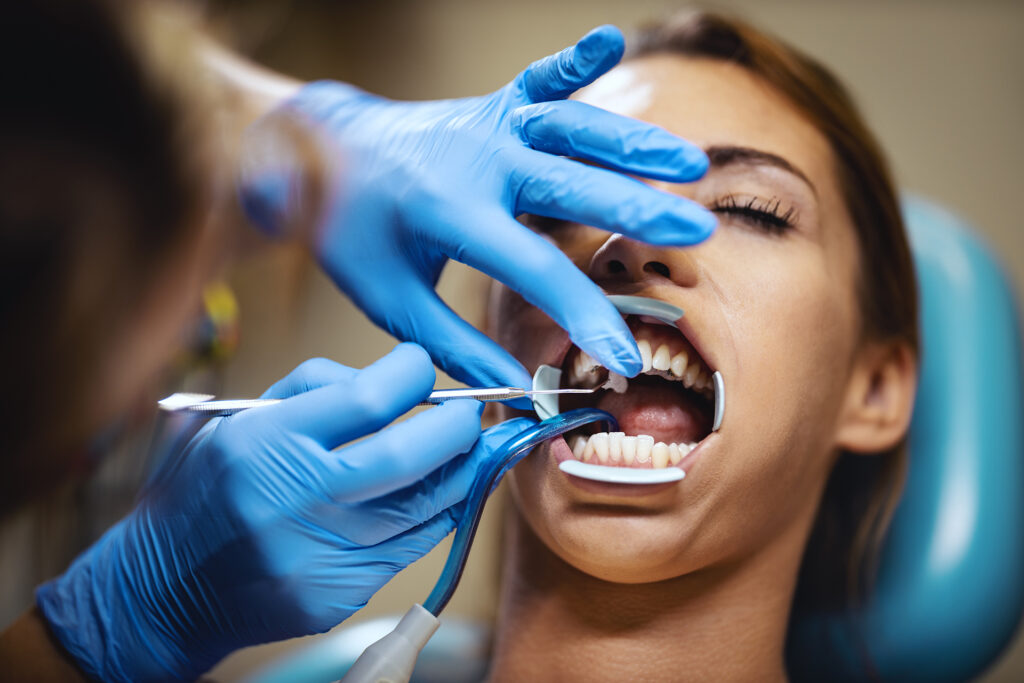
Tooth Extraction Cost Singapore
The cost of a tooth extraction treatment for non-surgical extraction ranges from $98.10 to
$185.30, and for surgical extraction, the cost ranges from $783.00 to $1,528.00 per tooth. Wisdom tooth extraction costs can be found on our Wisdom Tooth Extraction page.
You may be able to use your MediSave account for specific surgical procedures, such as a surgical extraction of a wisdom tooth or a fractured tooth. Remember, if you have any questions or concerns in the meantime, don’t hesitate to contact our general dental clinic in Singapore.
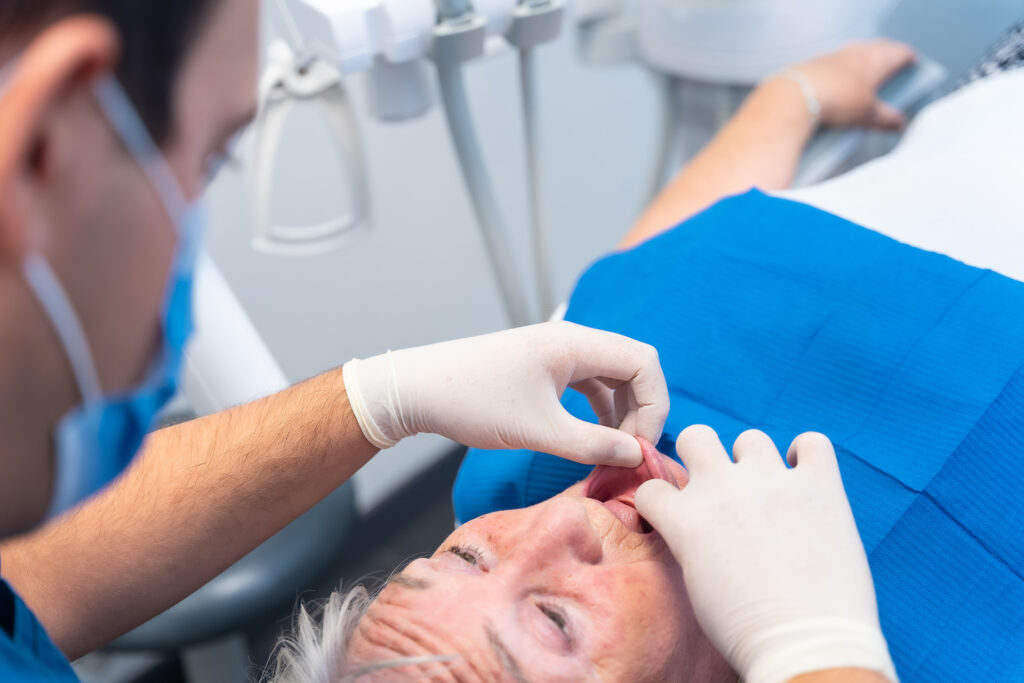
Choose TEETH @ Tiong Bahru for Your Tooth Extraction
A tooth extraction is a routine dental procedure that involves removing a tooth from its socket to address issues such as severe decay, infection or overcrowding. It is a safe and effective way to protect your oral health when other treatments are not viable. After a tooth extraction, it is essential to follow your dentist’s instructions to promote healing and reduce the risk of complications. Whether the procedure is simple or surgical, your dentist will ensure you are comfortable and well-informed at every stage.
If you have a toothache or suspect you need a tooth extraction in Singapore, do not hesitate to consult our dentists at TEETH @ Tiong Bahru to book a consultation today.
RELATED TOOTH EXTRACTIONS

